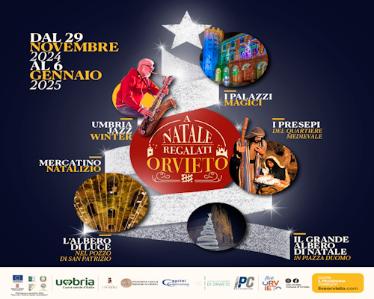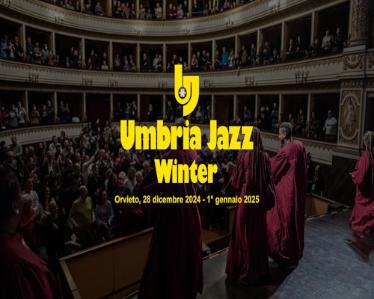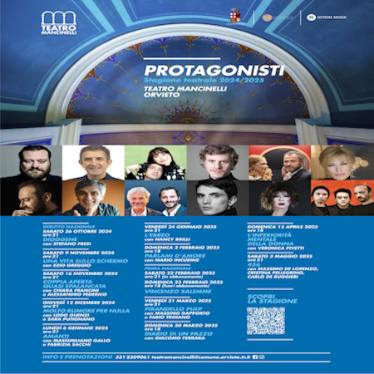HISTORY
Orvieto's origins go back to the Etruscan civilization; the earliest settlements date to the 9th century BC, localized around the caves in the tuff massif upon which the town currently stands. Archeological evidence shows that the city reached its economic and artistic peak between the 6th and 4th century BC. After 263 BC the Romans took hold of the city, leaving intact the institutions, customs and language of the Etruscans, but changing its name to "Urbs Vetus" (from which comes its present-day name of Orvieto).
After the fall of the Roman Empire, it was conquered first by the Goths, then the Byzantines, then the Lombards of the Duchy of Spoleto. In about 1000 AD it underwent new urbanistic, economic and social development, and soon became an independent commune with a government that Pope Adrian VI officially recognized and legitimated in 1157. In the 12th century, following victorious battles against Siena, Viterbo, Perugia and Todi and with the alliance of Florence, it extended its borders, ruling vast areas of the present-day regions of Tuscany and Lazio.
Medieval Orvieto's power and wealth reached its peak in the 13th and 14th centuries, as can be seen from the splendid buildings the town is still proud of today. After a period of civic and religious strife among Orvieto's noble families, in 1354 Cardinal Albornoz reasserted the papacy's control over the area. In 1449 it permanently became part of the Papal States, and remained so until 1860, with the birth of the Kingdom of Italy.
ART, CULTURE, ENVIRONMENT
Orvieto's art and cultural heritage is one of the richest in Italy. The Cathedral, designed by Lorenzo Maitani in the 13th century, is one of the most majestic creations in Italian architecture. Its magnificent Gothic façade is decorated with mosaics and bas-reliefs, and has a splendid rose window by Orcagna. Among the many works inside is a masterpiece of Italian painting of the 1400-1500s: the fresco cycle by Fra' Angelico and Luca Signorelli in the San Brizio Chapel.
Orvieto has many ancient churches: San Giovenale, built in 1004 and enlarged in the 14th century, has frescoes by the Orvieto school; San Giovanni, built in 916 over Constantine's Theater and with a 16th-century façade; Sant'Andrea, originally from the 6th century, rebuilt in the 11th century and completed in the 1300s; San Lorenzo de' Arari and San Francesco (13th century); and San Domenico (13th century), which holds the tomb of Cardinal de Braye by Arnolfo di Cambio.
The town's most representative civic buildings include: the Palazzo Comunale or Town Hall (1216-1219); Palazzo del Popolo (13th century), a Romanesque-Gothic structure; Palazzo dei Sette (1292); two towers, the Torre del Moro (13th century) and Torre di Maurizio (1348); Palazzo Faina, home of the Archeological and Civic Museum; Palazzo dei Papi (13th century), home of the National Archeological Museum, the Opera del Duomo Museum and the Emilio Greco Museum of Modern Art; and the Luigi Mancinelli Municipal Theater (1844).
A unique visit is that of St. Patrick's Well, a virtuoso work of engineering (1527-1537) designed by Antonio da Sangallo the Younger to supply the town with water. The well is 62 meters deep, and has two separate helical staircases that make it possible to go down the well to get water without bumping into those going back up. The well was commissioned by Pope Clement VII, who also had another well, the Pozzo della Cava, built in place of an existing Etruscan structure, incorporated into a system of nine caves that hold a large number of Etruscan, medieval and Renaissance artifacts.
Hidden underneath the town lies fascinating underground Orvieto, where an incredible number of artificial caves create an intricate maze of tunnels, cisterns, wells, quarries and cellars. Just outside the walls is the Etruscan Crocifisso del Tufo Necropolis (4th-5th century BC), with chamber tombs made from blocks of tuff stone with the names of the deceased inscribed above the tomb entrances. The necropolis can be reached on foot from the historic center, along an interesting path through the archeological park. Orvieto is the "Città Slow" (Slow Food cities) capital. The town and surrounding area can boast of a thriving wine and food tradition: the famous Orvieto wine can be enjoyed along the Etruscan-Roman Wine Route, which includes the entire Province of Terni: those interested should check at the Enoteca Regionale (regional wine shop) and at Palazzo del Gusto.
Intermodality: To visit Orvieto, Orvieto Link is active, the new intermodal funicular + train service (Busitalia / Trenitalia) which makes it even easier to reach the historic center of Orvieto.






























